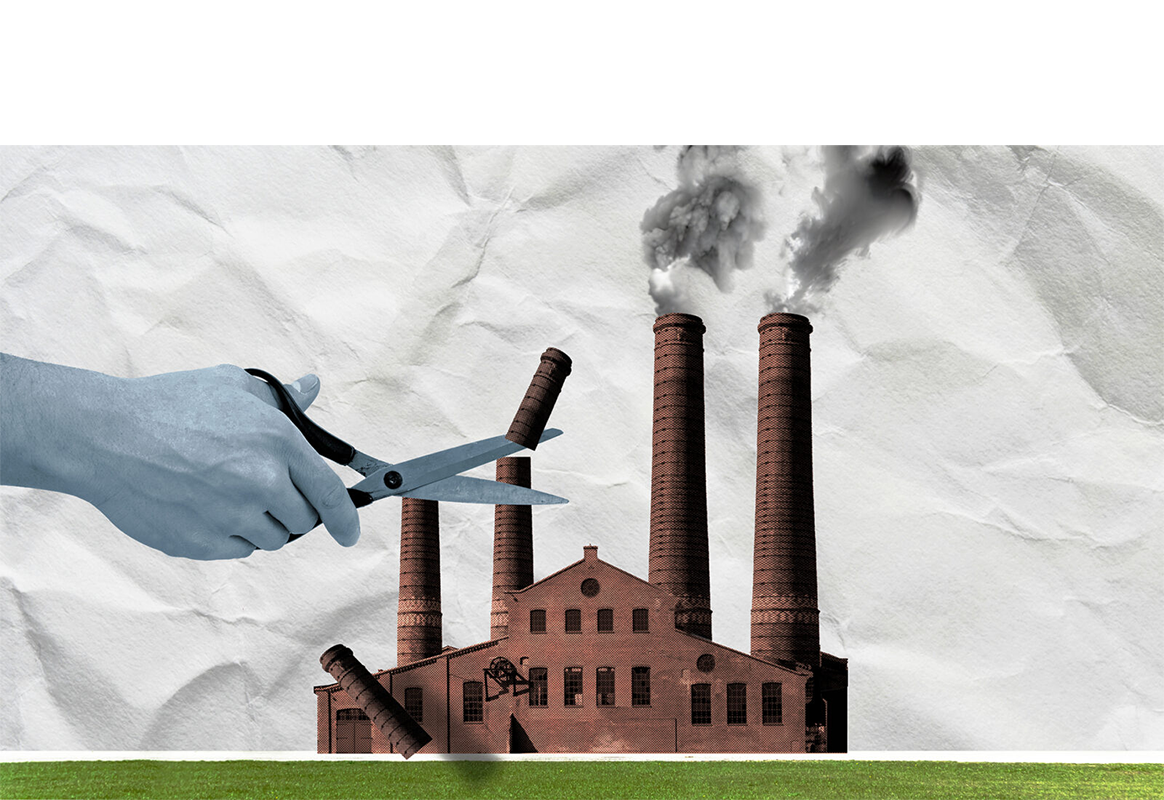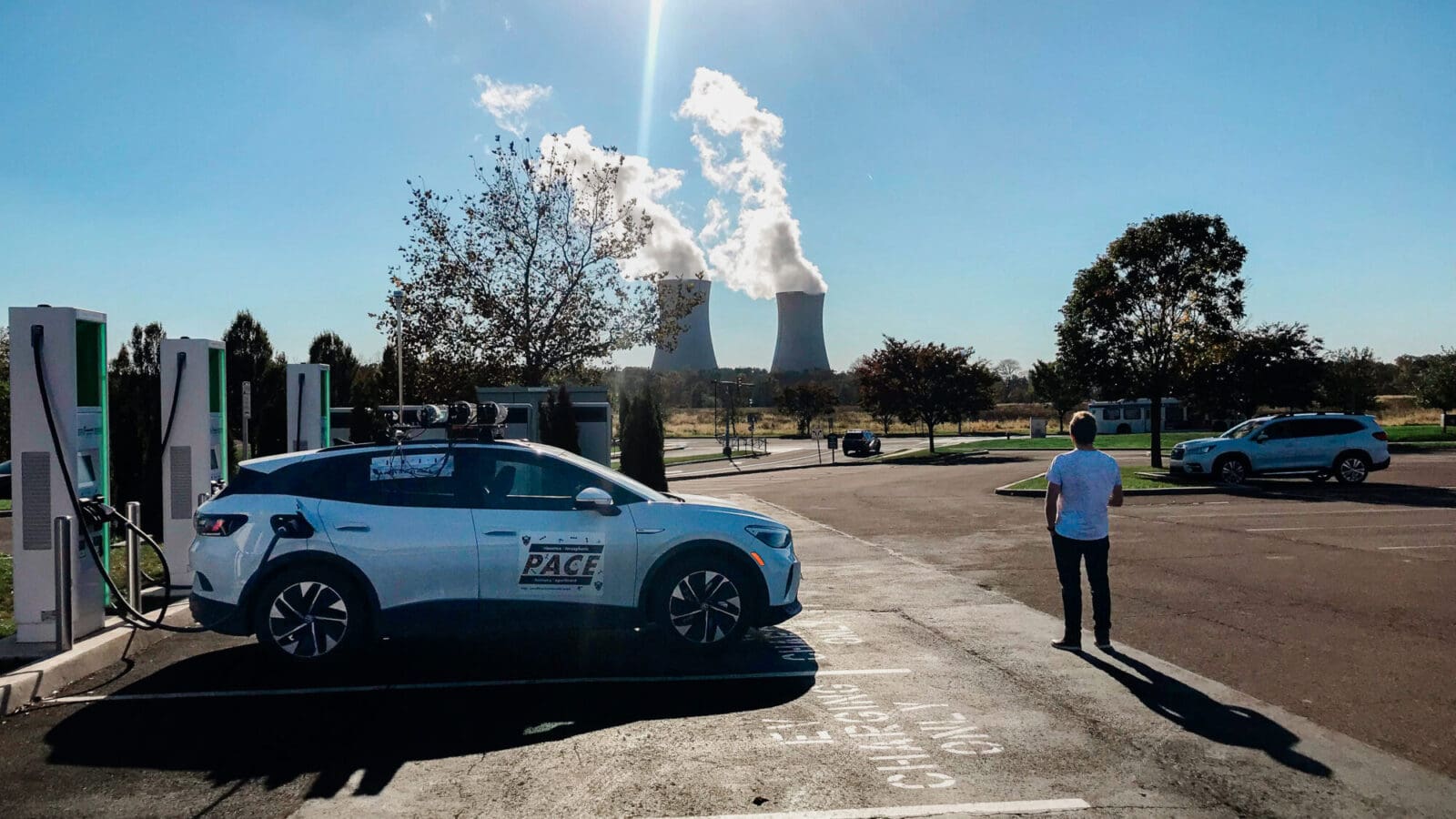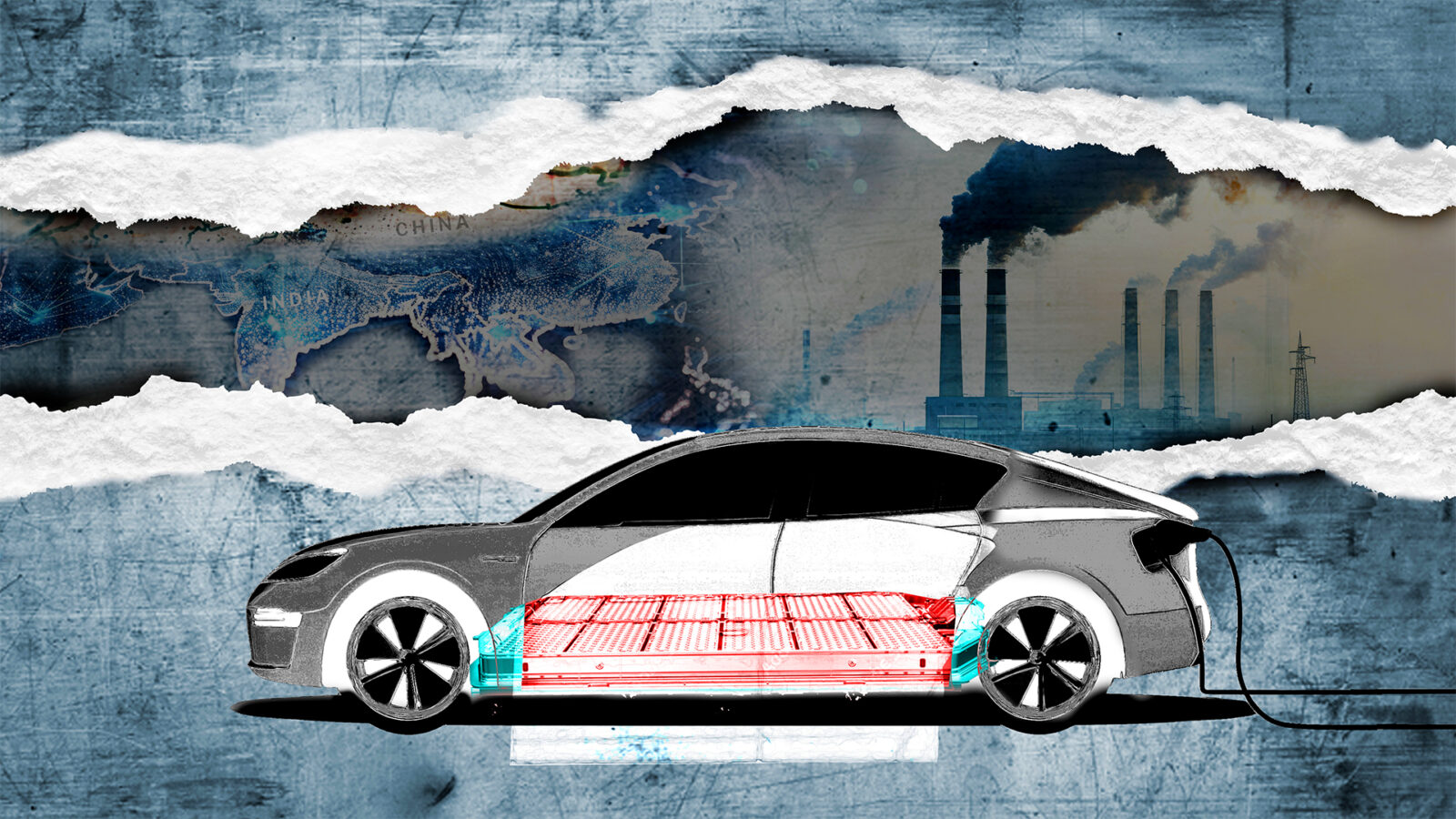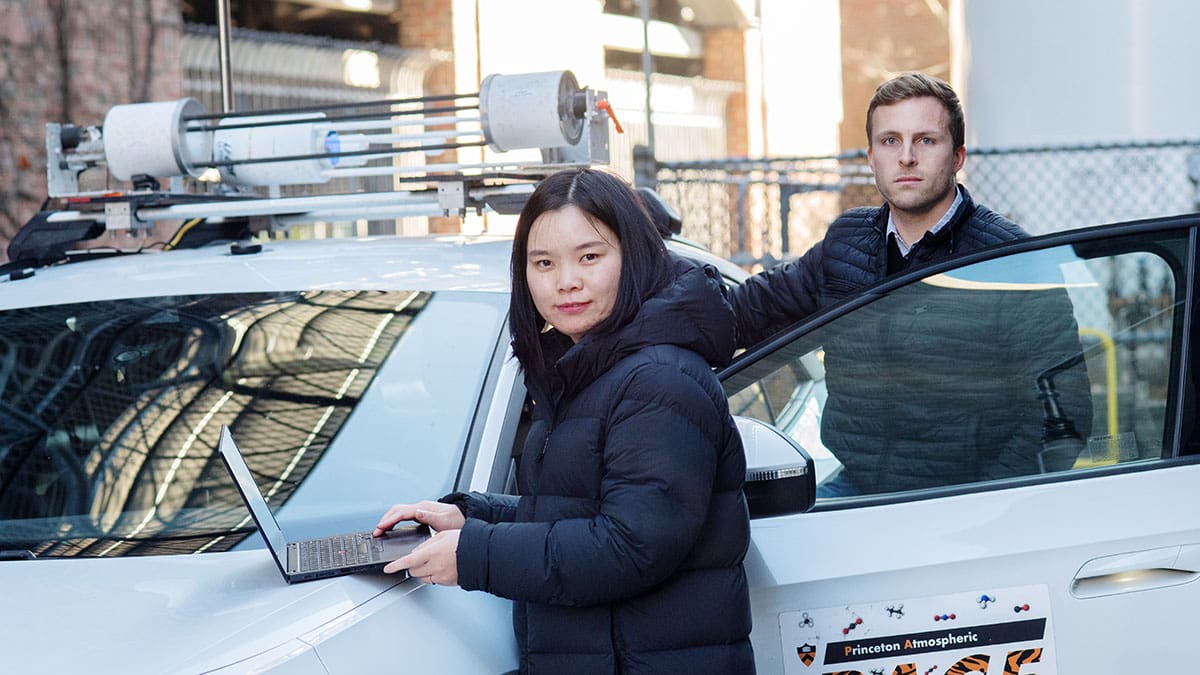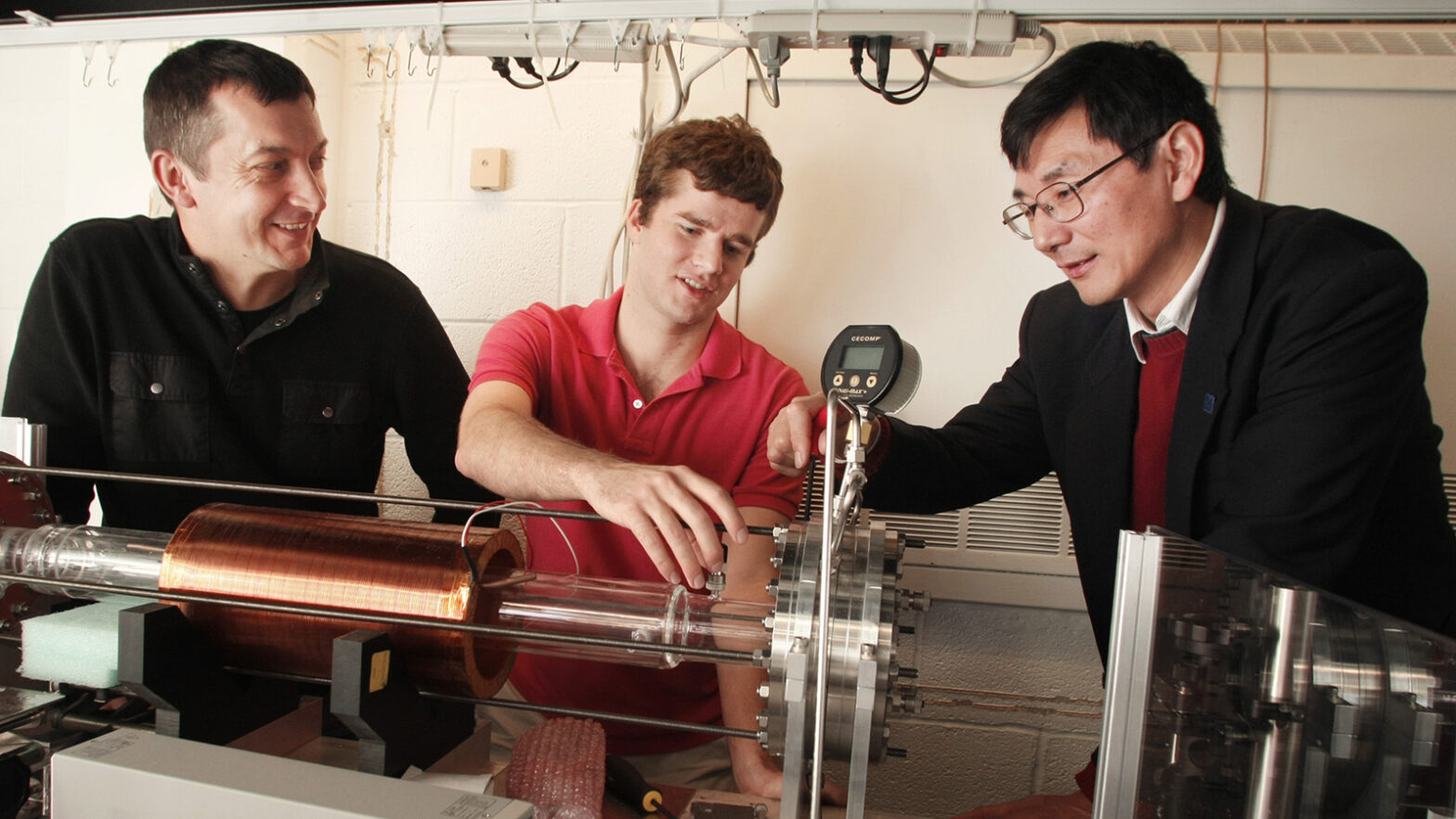
So cool: low-temperature flames could bring low emissions
By
on
Researchers at Princeton have created a flame so cool that it would be possible to run your hand through it without getting burned.
This may seem like a great magic trick, but cool flames are providing important insights into engine efficiency and pollution control. “We are developing a diagnostic process to optimize combustion at a very low temperature,” said Yiguang Ju, the Robert Porter Patterson Professor of Mechanical and Aerospace Engineering and the project’s lead researcher. “If we can better understand cool flames we can better understand the process by which future advanced combustion engines will work.”
Burning as low as 300 degrees Celsius, cool flames have fascinated scientists for hundreds of years. Sir Humphrey Davy first discovered the phenomenon in 1817, when he reported an unusual flame that he could run his fingers through without getting burned. That would not be possible with a standard visible fire, which burns between 1,200 and 1,700 degrees Celsius. But, Davy noted, the cool flame could change without warning into a standard flame when pressure or mixture conditions changed.
Since then, cool flames have been of great interest to scientists and engine designers. This unusual form of combustion causes knocking in gasoline engines and plays an important role in diesel operation. But because of their unusual slow-burning properties, cool flames have been extremely difficult to produce in a laboratory. In a series of experiments on the International Space Station in 2013, astronauts were astonished to learn that something like cool flames were formed after the extinction of a hot droplet flame in zero gravity.
Those zero-gravity flames were unsteady and lasted only a few seconds on the space station (and in an engine lasted only milliseconds). Researchers back on Earth wanted to find a way to create self-sustaining cool flames.
“The real challenge has been getting them steady so that you can measure them,” said Christopher Reuter, a graduate student in mechanical and aerospace engineering who is a member of Ju’s research team.
By using a burner with two nozzles and adding a small amount of ozone into the combustion chamber, the Princeton researchers have managed to create a steady, cool flame in their lab. Working through the Andlinger Center, Ju’s researchers teamed up with Gerard Wysocki, an assistant professor of electrical engineering, to devise a laser diagnostic technique that quantifies chemicals playing key roles in the flames’ formation. The collaborators have already demonstrated quantitative measurements of two most important components in low-temperature combustion – hydroxyl and hydroperoxyl radicals.
“Quantifying hydroperoxyl radicals, which are short-lived reactive species that occur at very low concentrations in combustion, has been quite challenging before, but with this new spectroscopic sensing technology we can probe them directly in the reaction zone,” Wysocki said.
Ju said cool flames present new ways of looking at internal combustion and, with more work, could lead to improvements such as “more efficient use of fuels and the development of low-emission engines.”

